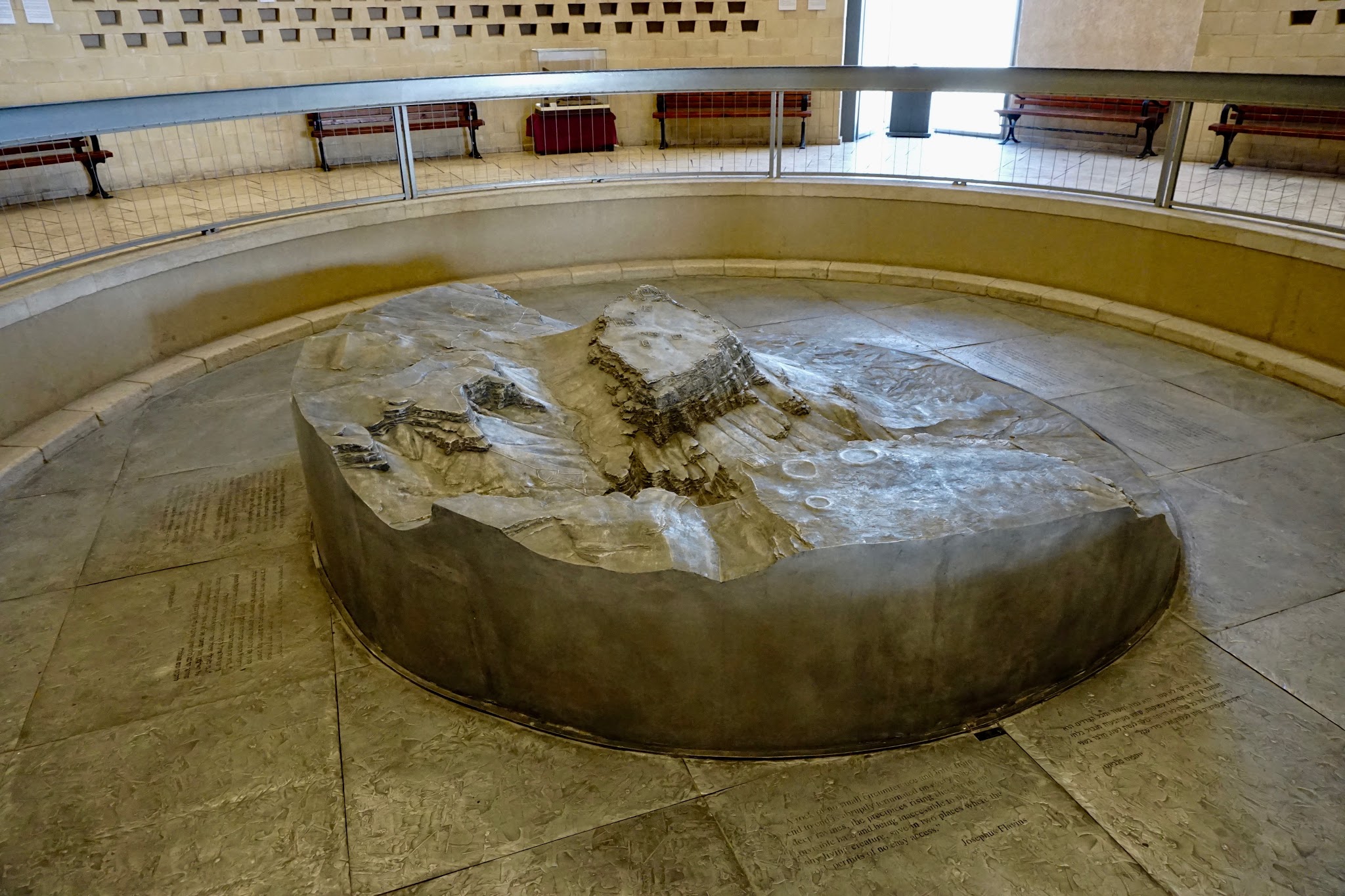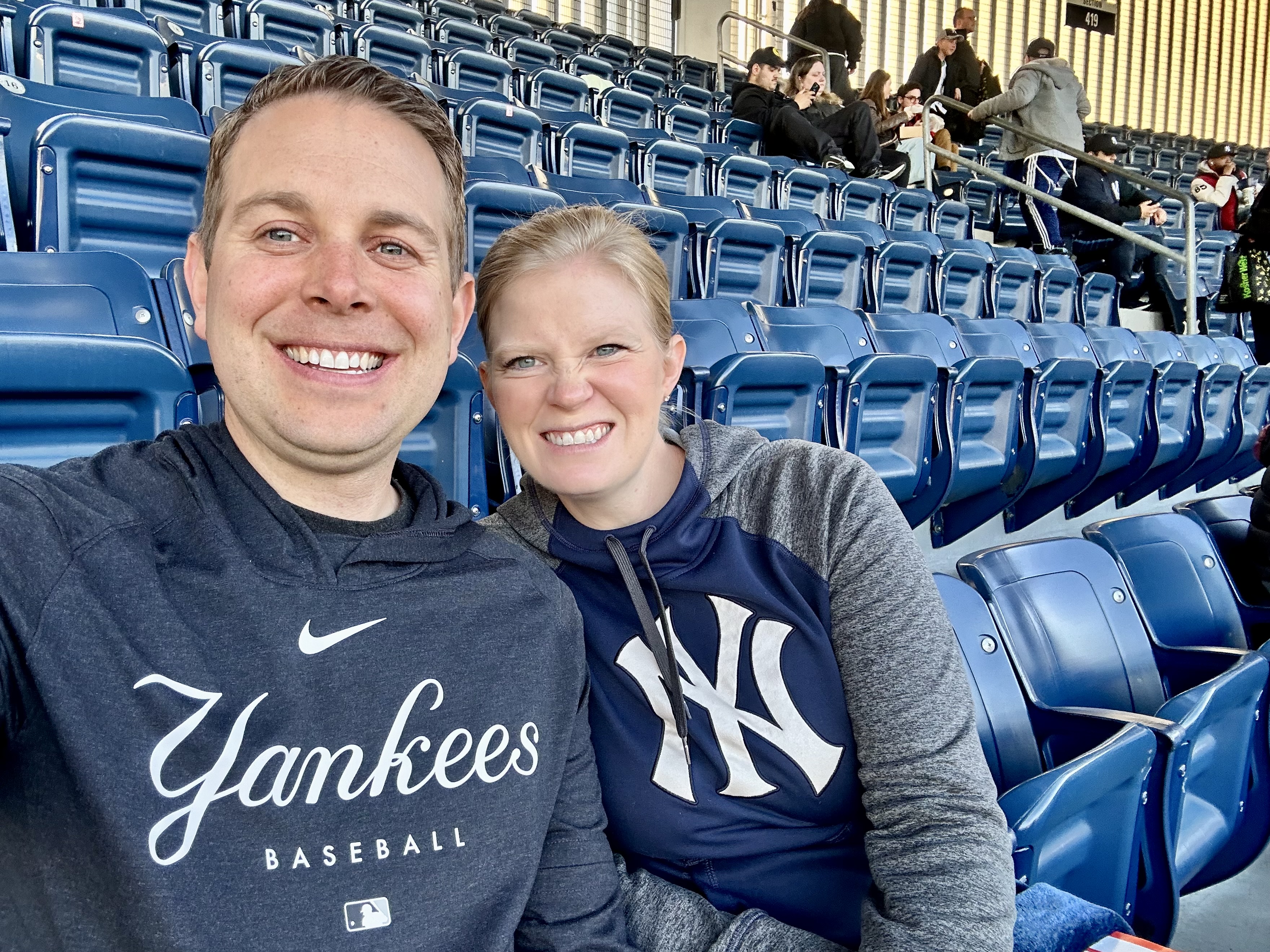Today was an awesome day in Israel! We got started early this morning with breakfast and then we dropped off two of our bags at the hotel and packed just one bag on the bus to take to Galilee.
We drove for about 90 minutes to get to Masada. Masada was a Hasmodian Fortress before Roman rule in Israel. When Herod became the King he expanded the fortress and built one of his palaces there. He built himself a very opulent home that had three levels on the mountain. Masada is near the Dead Sea on a very high plateau, so it’s a very strategic position. Herod likely would have stayed here during the winter months because it’s warmer in Masada than it is in Jerusalem. Herod built his bedroom with an open-air window facing the dead sea with a beautiful view. We had a discussion regarding facades and the difference between Roman and Jewish architecture. Roman and Greek architecture focus on beautiful facades, but less beautiful interiors. We saw this at Petra where the inside of the tombs (and the Monastery when I was there in 2009) and just large empty rooms, but the facades are beautiful. Jewish architecture focused on the inside and became more beautiful and more ornate as you moved closer to the Holy of Holies.
 |
| Model of Masada |
 |
| The view from on top of Masada |
 |
| Ruins on top of Masada |
 |
| Ruins on top of Masada |
 |
| Remnants of one of the Roman siege camps (view from on top of Masada) |
 |
| Ruins of the storage areas on Masada |
 |
| Ruins of the Roman bath house on Masada |
 |
| A rock window at Masada |
During the Roman empire when the temple was destroyed, 967 Jewish zealots moved to Masada. This became the last Jewish stronghold of their revolution. After the Romans had conquered the rest of Israel they set their eyes on these 967 zealots. They had to completely eliminate the threat to the Jews, which means that even though there were only 967 people, they had to be defeated. It was challenging to climb Masada and so the Romans started building a ramp. After a few weeks, the zealots started rolling large stones toward the Romans to get them to stop building the ramp. This worked temporarily, but the Romans then forced Jewish slaves to build the ramps, so the zealots would not hurt them.
 |
| Remains of the Roman siege ramp |
 |
| Ruins on top of Masada |
 |
| Israeli flag on Masada. I love the flag of Israel. It is so simple. |
When the ramp was complete, the Romans took a battering ram to try to get through the walls of the fortress. 5000 Roman soldiers were fighting against the 967 Jewish zealots. The walls were built with wood in the middle so it absorbed the shock. The Romans attempted to burn down the wall, but the wind turned the fire towards their tower and burned that and most of the wall instead. However, there was enough damage that the walls were partially breached. Night fell and the Romans retreated, likely with the plan to finish the attack the next morning by sending people over the walls one-by-one and counting on the fact that they outnumbered the Jews 5-1 to win the battle.
The leader of the Zealots instead gave a riveting speech and told them that they were able to choose – either to die free or to become slaves to the Romans. The zealots chose to end their lives rather than become slaves and be abused by the Romans. Each of the men was responsible for killing their wife and children. Then 10 men were chosen to kill all the other men. Those last 10 men drew lots to determine who would be responsible for killing the last 9 and then fall on their swords to end their own life. In the end, only two women and five children survived and told the historian Josephus about the brave last stand.
It was an inspiring story of resistance. We discussed how in current times we believe in being subject to Kings, rulers, and magistrates, or in other words, that we follow the law. This was challenging for families in East Germany during the times of the Iron Curtain because they struggled to get to the temple in Switzerland. The government would allow either the father or the mother of the family to head to Switzerland for their own ordinances, but they would not let the families leave together to be sealed. Elder Monson visited East Germany and explained the importance of sealing and requested that the government allow families to go to Switzerland to be sealed. The government said they wouldn’t allow it because they couldn’t guarantee the families would come back, however, they did allow the Mormons to build a temple in East Germany. Because of this temple, several families could receive all the blessings of heaven by completing their temple ordinances that they were unable to prior. 4 years after the temple was dedicated, the Iron Curtain came down.
Our last stop at Masada was the synagogue. Archaeologists only found one scroll of writing here and it was Ezekiel 37. We read this chapter and discussed how the beginning talks about the dry bones and how they can receive life again as resurrected beings. Interestingly enough this chapter uses the word “Breath” which is the same word as “Spirit” in Hebrew. So when this chapter discusses the breath entering the body, it could also be interpreted as the spirit. The second section of this chapter talks about the stick of Judah and the stick of Joseph coming together. We discussed how this was similar to the resurrection process because you have to feel the spirit to learn and be converted to the gospel. In the end, it’s easy to believe that although these people chose to end their lives, they had hope that they would someday live again.
 |
| Cable car to carry tourists up to Masada and back down |

 |
| A magnum ice cream bar. These were Alison's favorite treats when she was a student in Jerusalem in 2009. |
Our next stop was Qumran. This is the site where the Dead Sea Scrolls were discovered. They were discovered by two Bedouin children who threw a rock in a cave and heard a jar break. When they investigated, they found a scroll made of animal skin. They took the scroll to someone in Bethlehem to make sandals. The store owner realized the value of the scrolls and gave the children each a pair of sandals and $20 in exchange for the scroll. The children agreed and the shopkeeper eventually sold the scrolls for $100,000 to a Jewish scholar on November 29, 1947, exactly 70 years to the day that we were visiting.
 |
| The caves above Qumran |
 |
| An immersion font at Qumran |
 |
| More caves at Qumran. The cave in the middle left was one of the caves where dead sea scrolls were discovered. |
This date is significant because it was the date that the UN voted to make Israel an independent nation to become the Jewish Homeland. The vote was very close, but ultimately the Jews were victorious and the United Nations gave the Jewish people their own country. This put the West Bank under Palestinian control, meaning that when the Jewish scholar purchased the scrolls from Bethlehem and walked out on November 29, that was the last day that Jews were able to cross that border for several years until the Civil War ended in 1949. It was very special to be there on this particular date.
The Dead Sea Scrolls were likely written by a group of Jews called the Essenes. They believed in the Jewish law and often took it one step further than was required. We saw some ruins of their civilization including their ritual baths, areas where they ate, areas where they made the pottery for their dishes, and areas where they would work on their scrolls. The Essenes lived around this village likely in temporary dwellings and so none of their houses remained, however, archaeologists know they lived there because they discovered nails used in their sandals coming from around the town into where they would have worked. It’s possible John the Baptist was an Essene.
Following Qumran, we visited the Dead Sea. Eric and I changed into our swimsuits and went for a float. It’s a very weird and interesting feeling because the water is so salty. We floated for about 10 minutes, rinsed off with fresh water, and changed back into our other clothes. Our last stop of the day was our hotel in Galilee where we will be spending time for the next two days. We are excited to see what the next few days bring!
 |
| The dead sea |
 |
| Sunset at the dead sea |




































Comments
Post a Comment